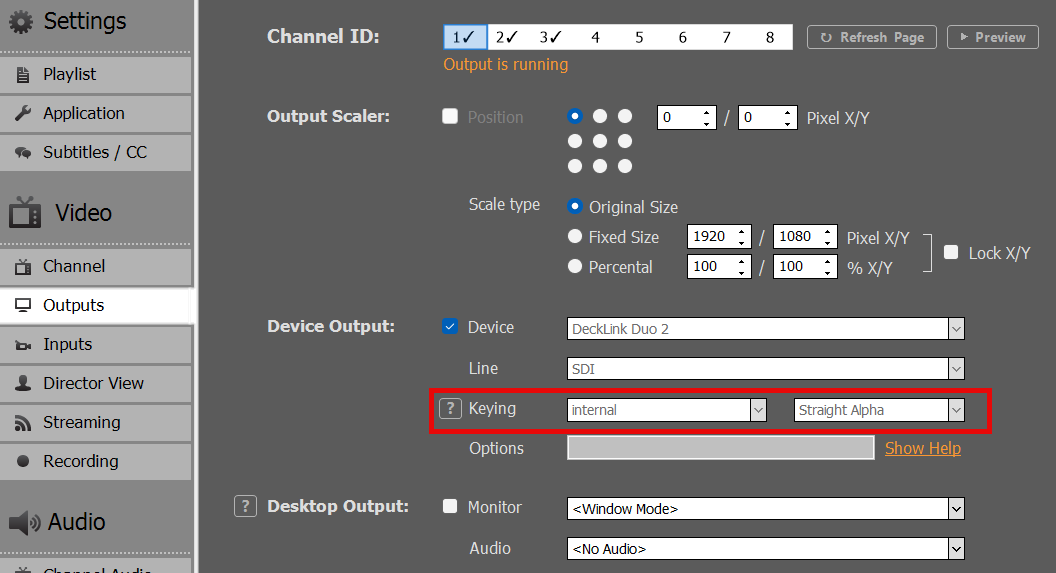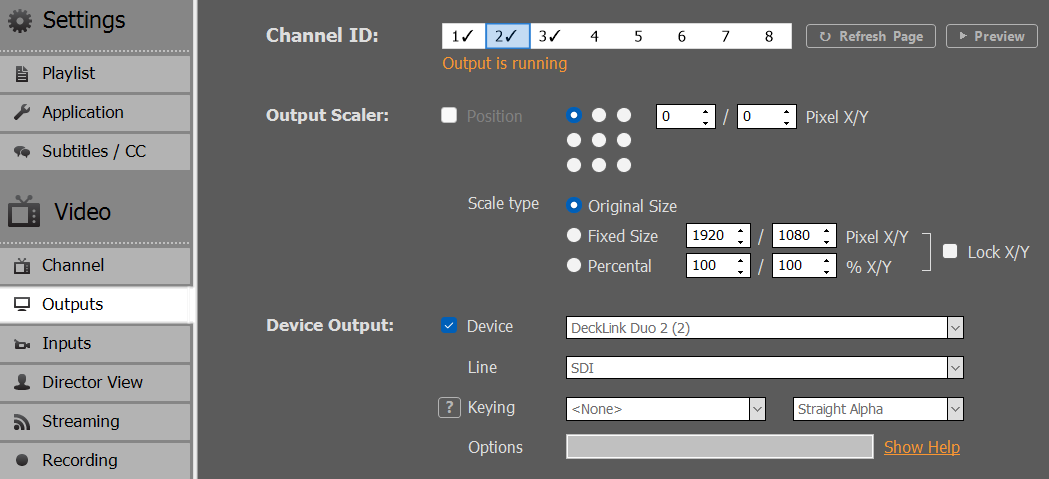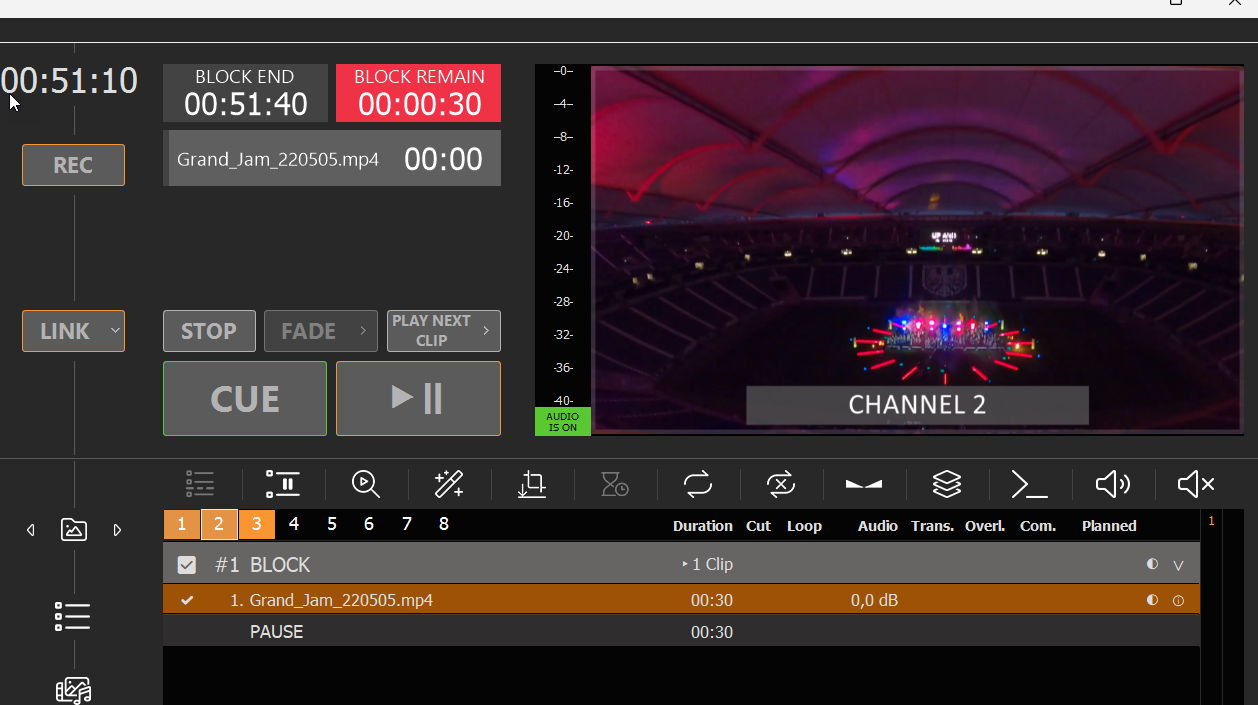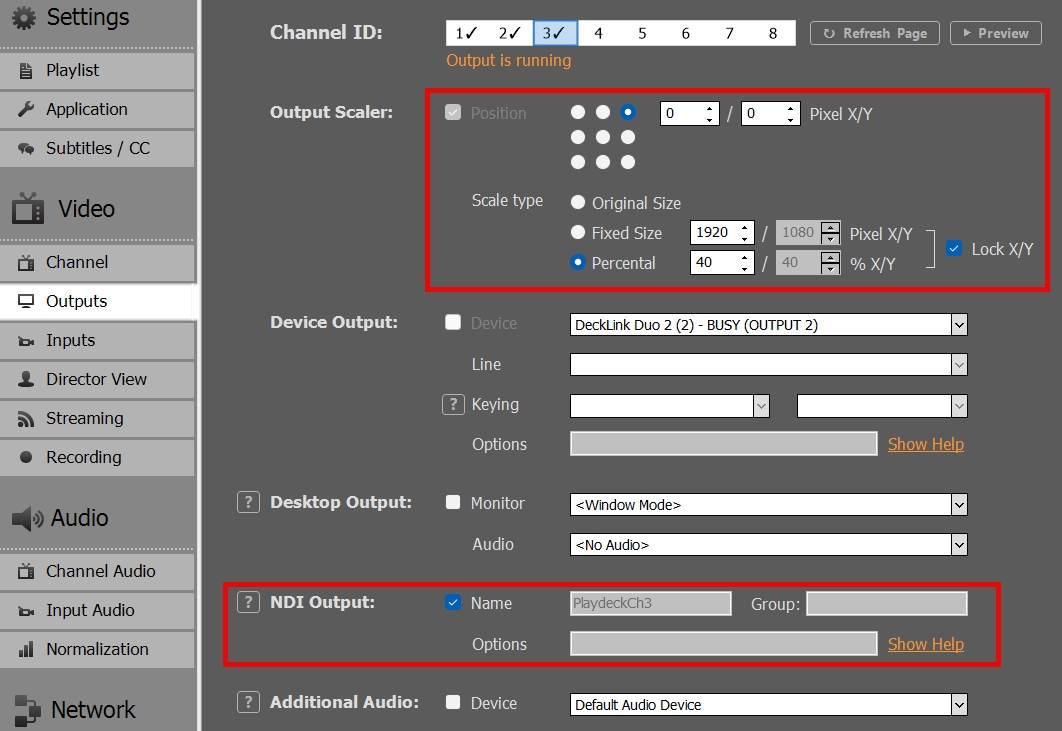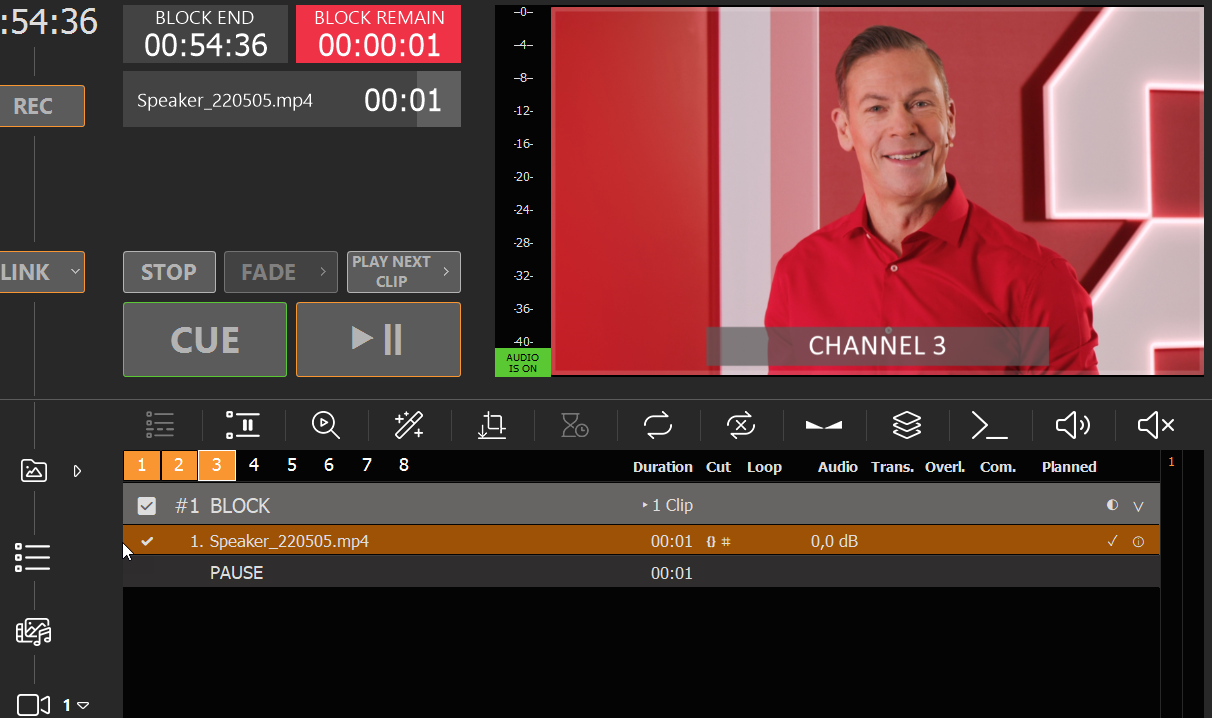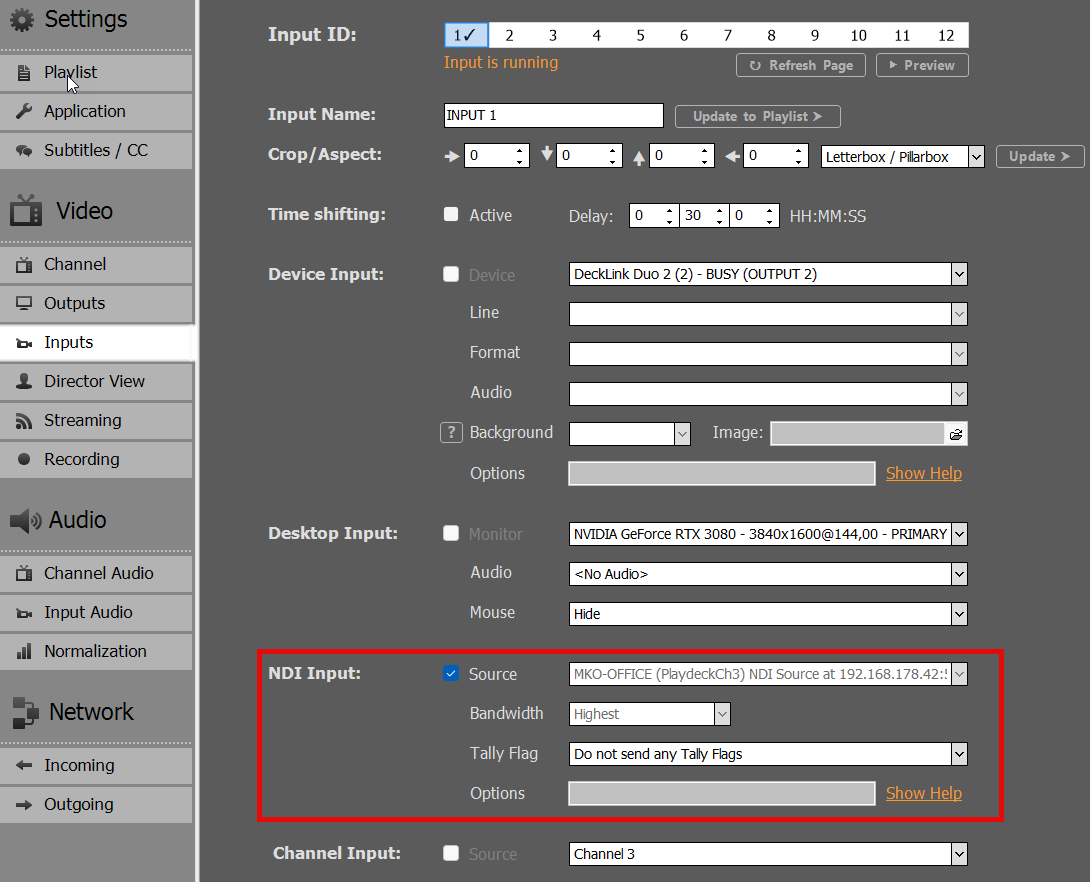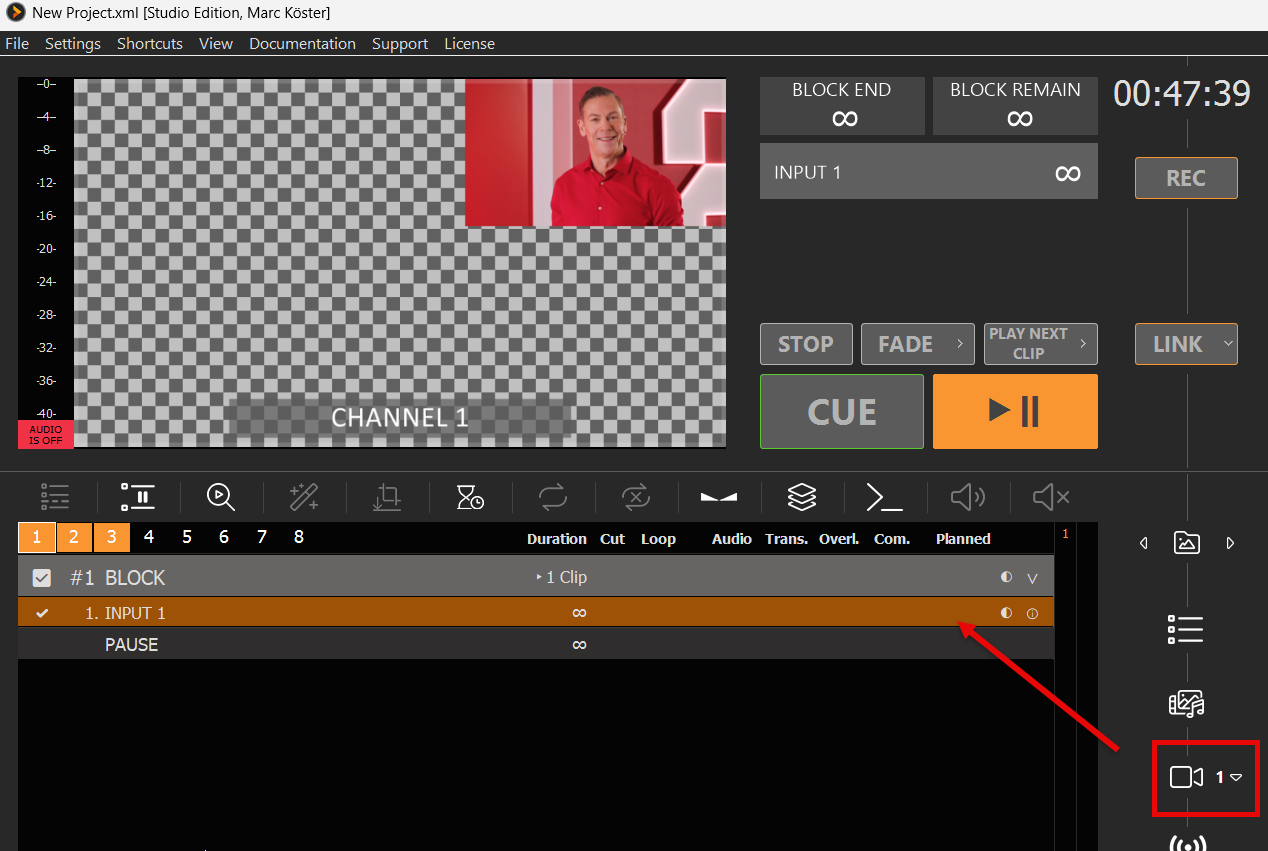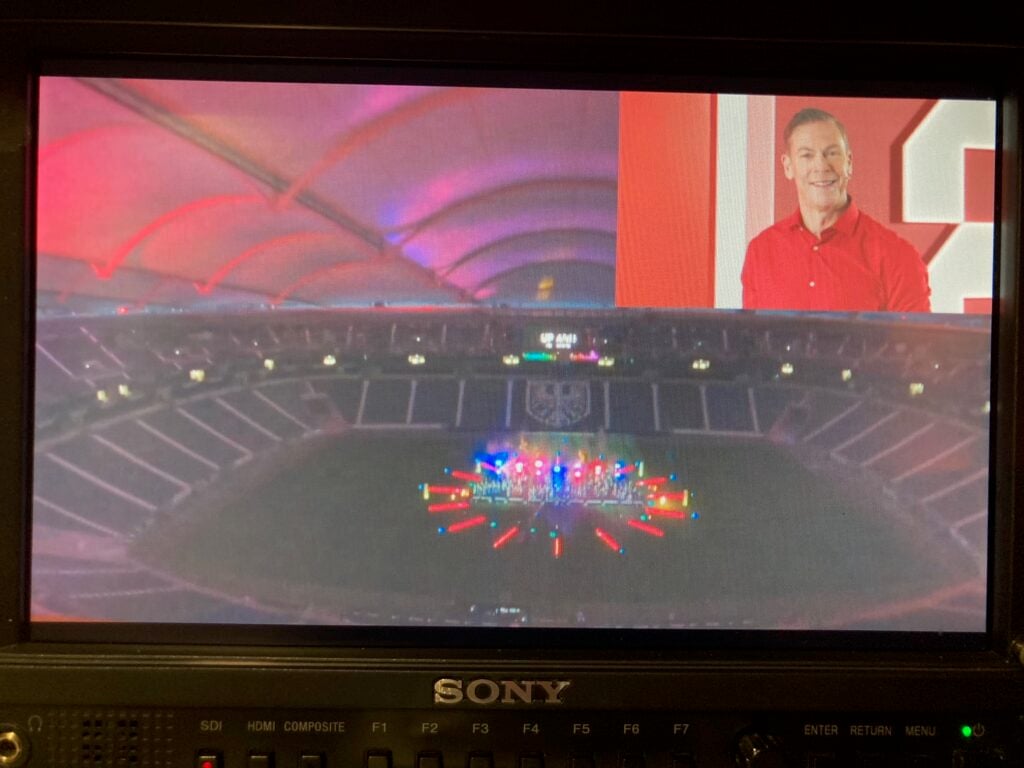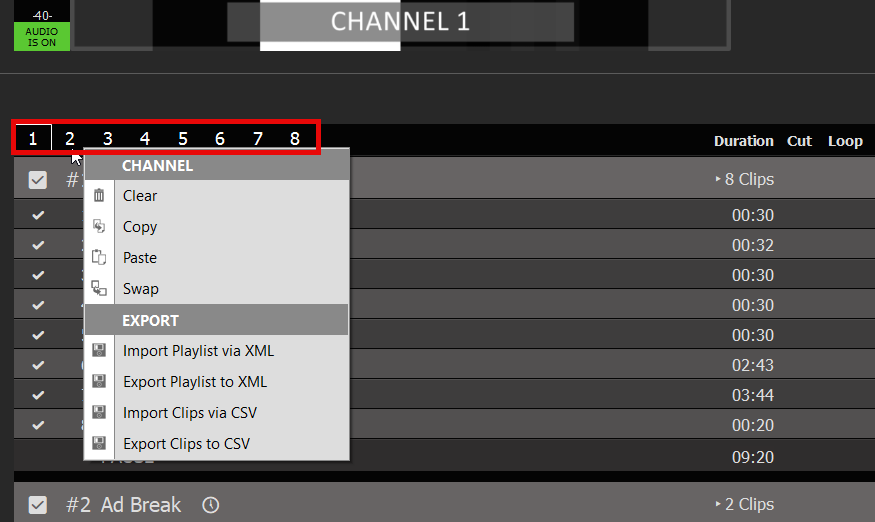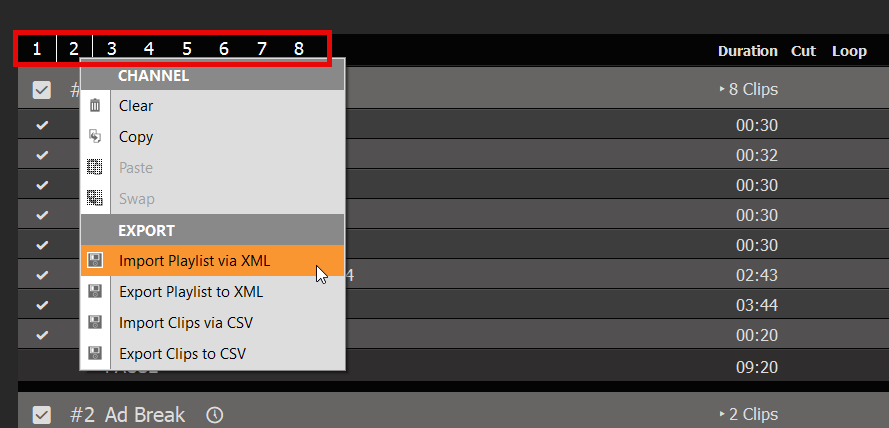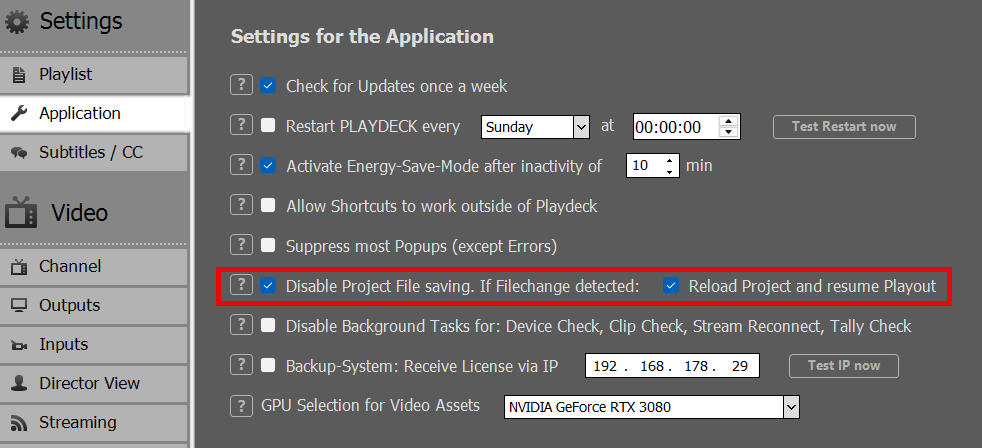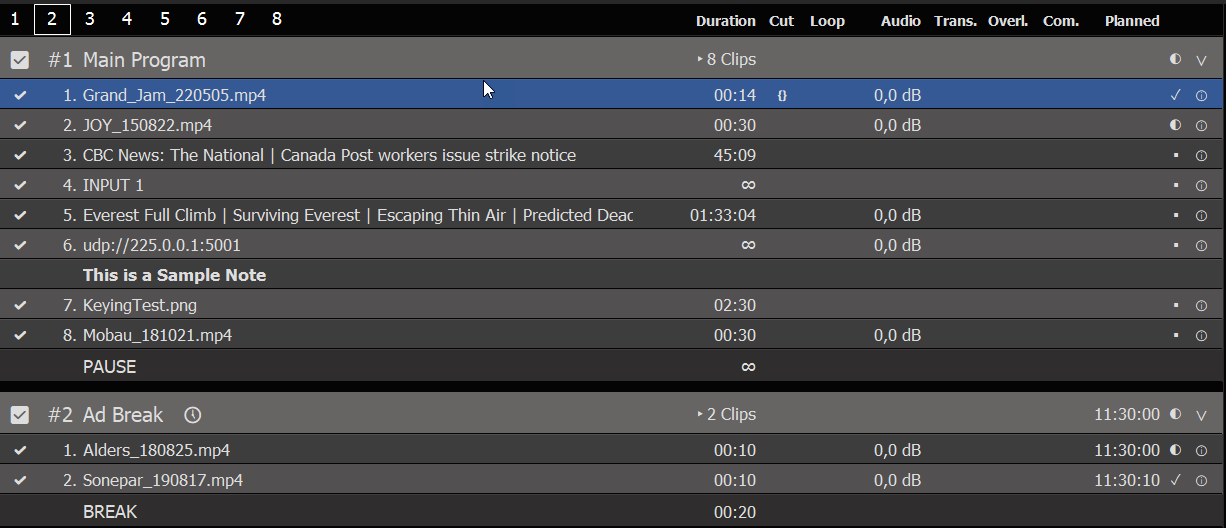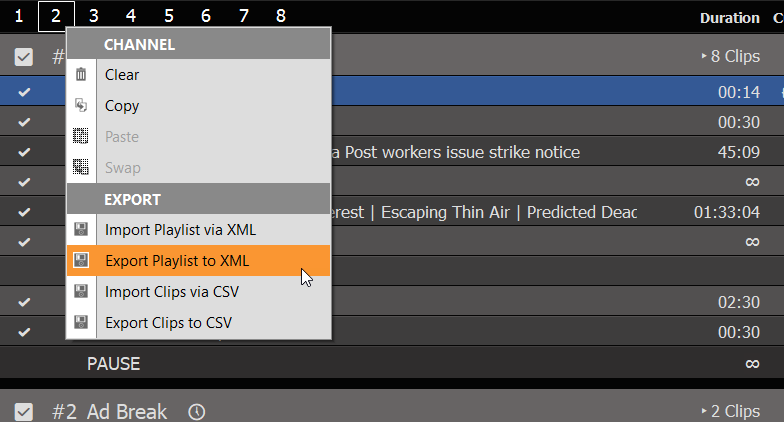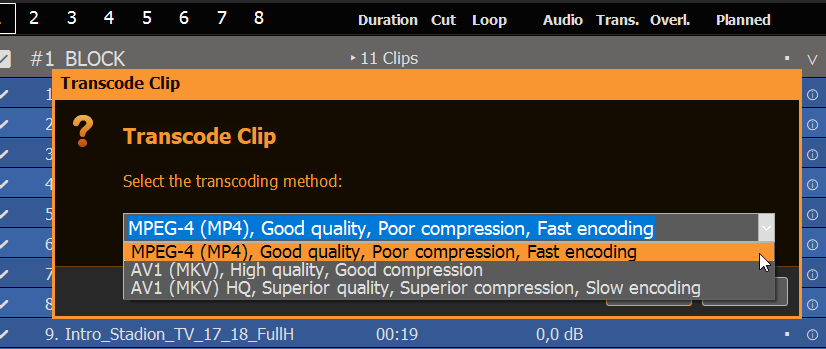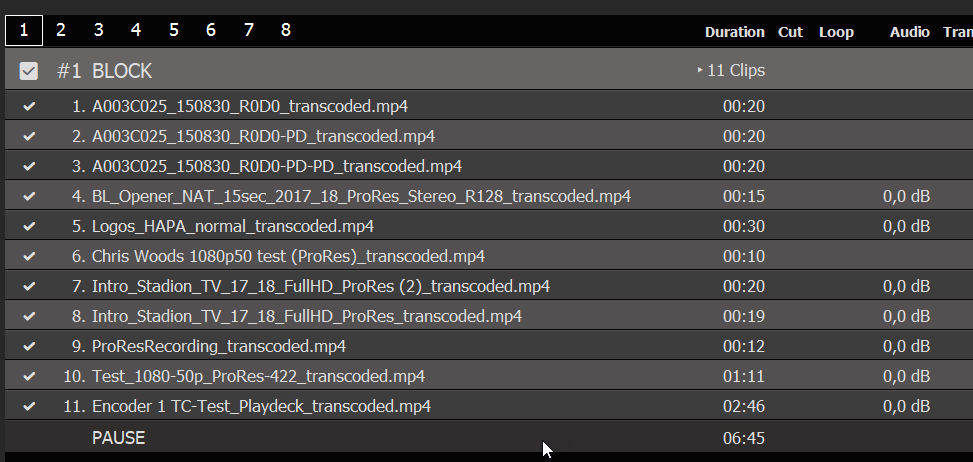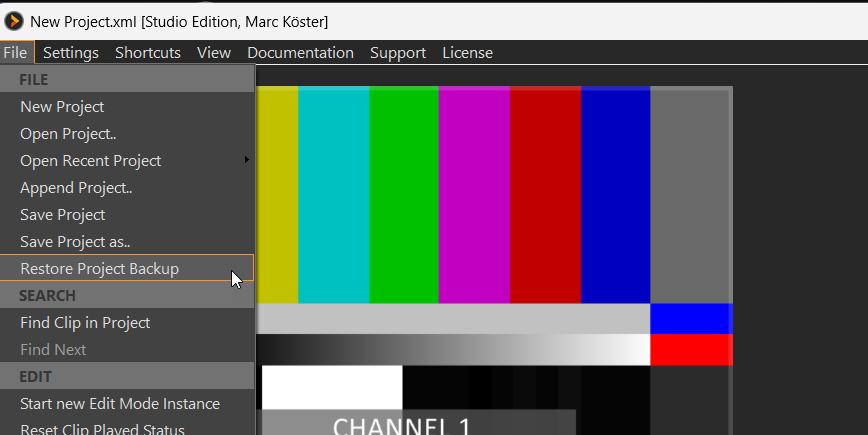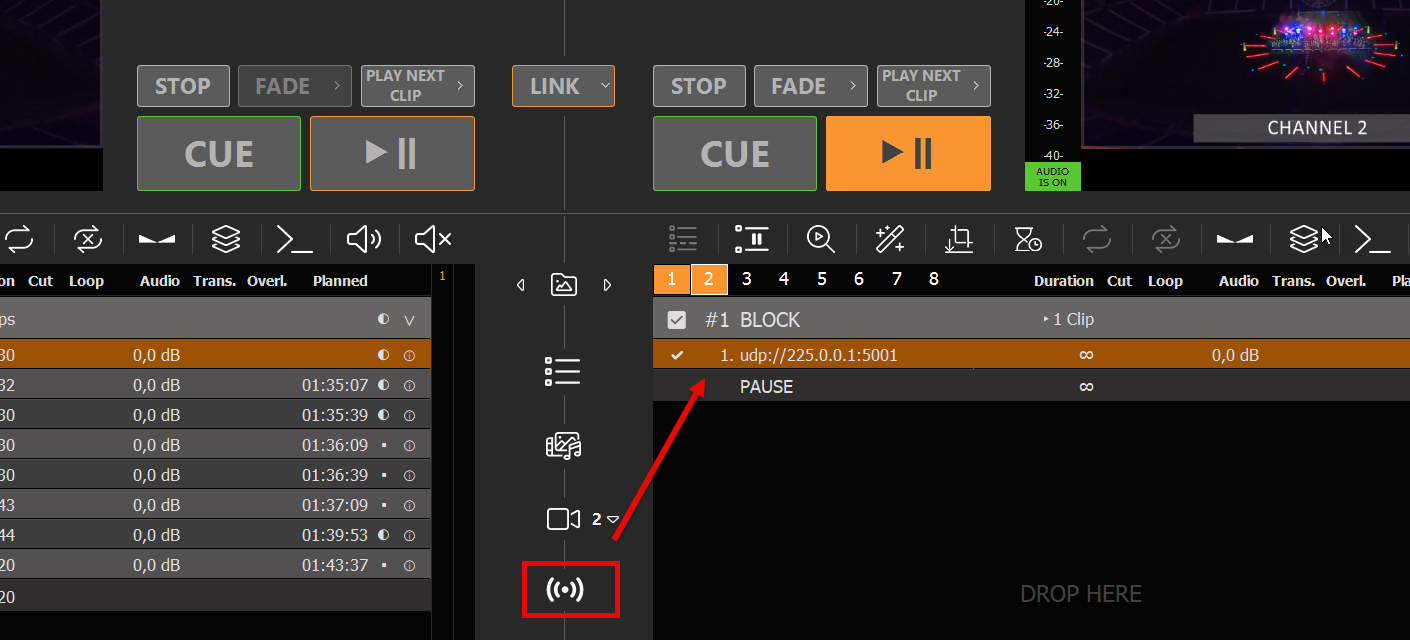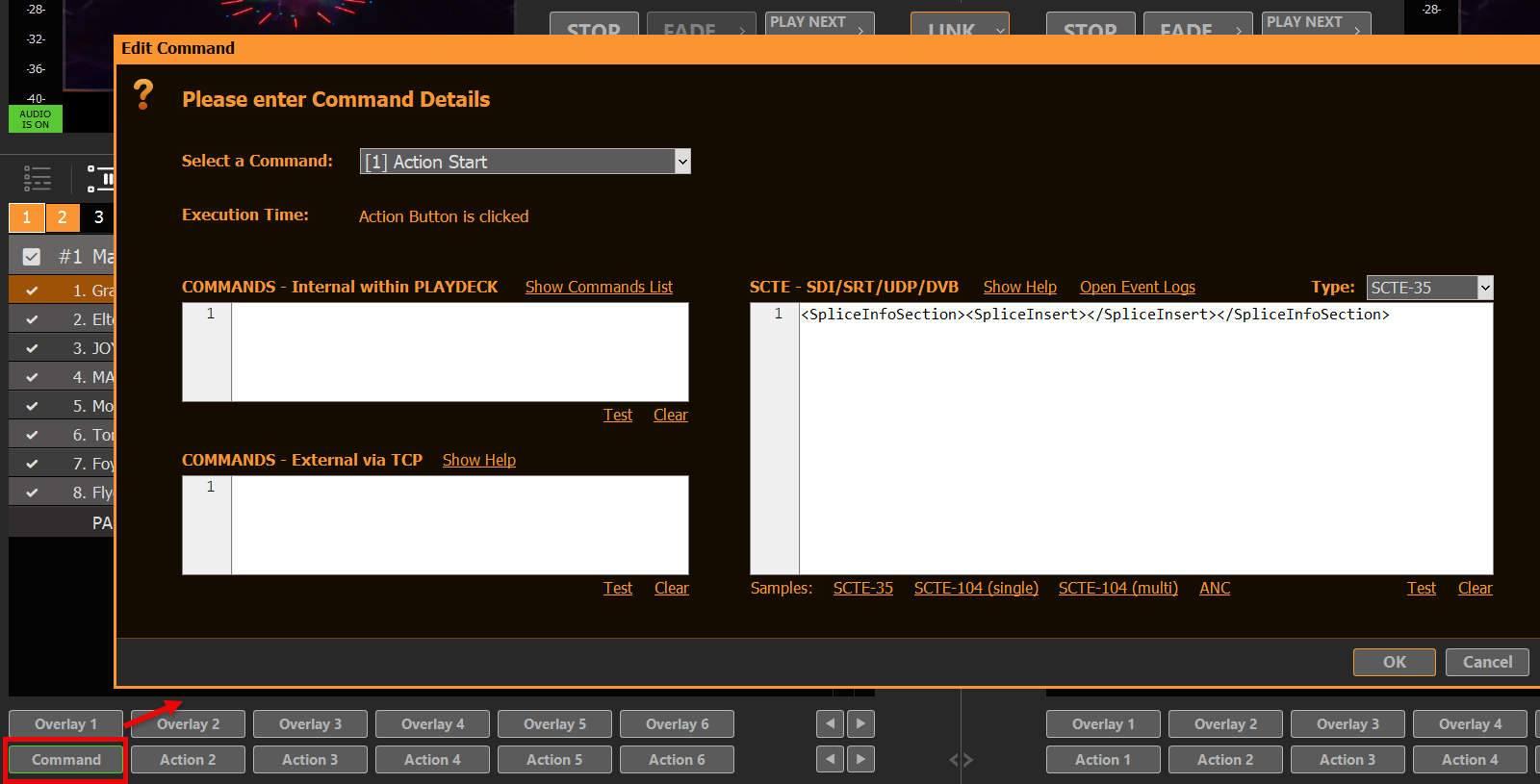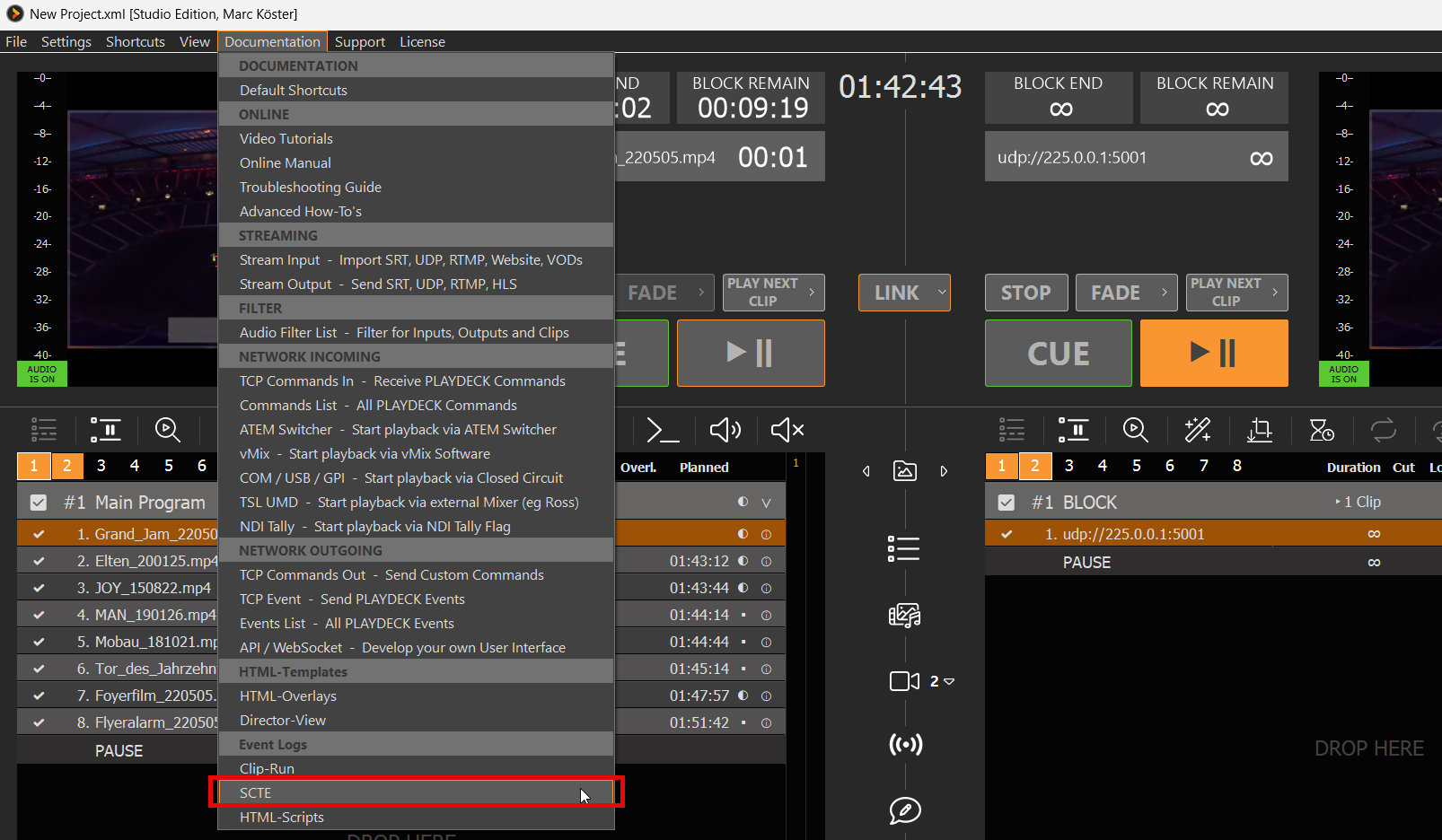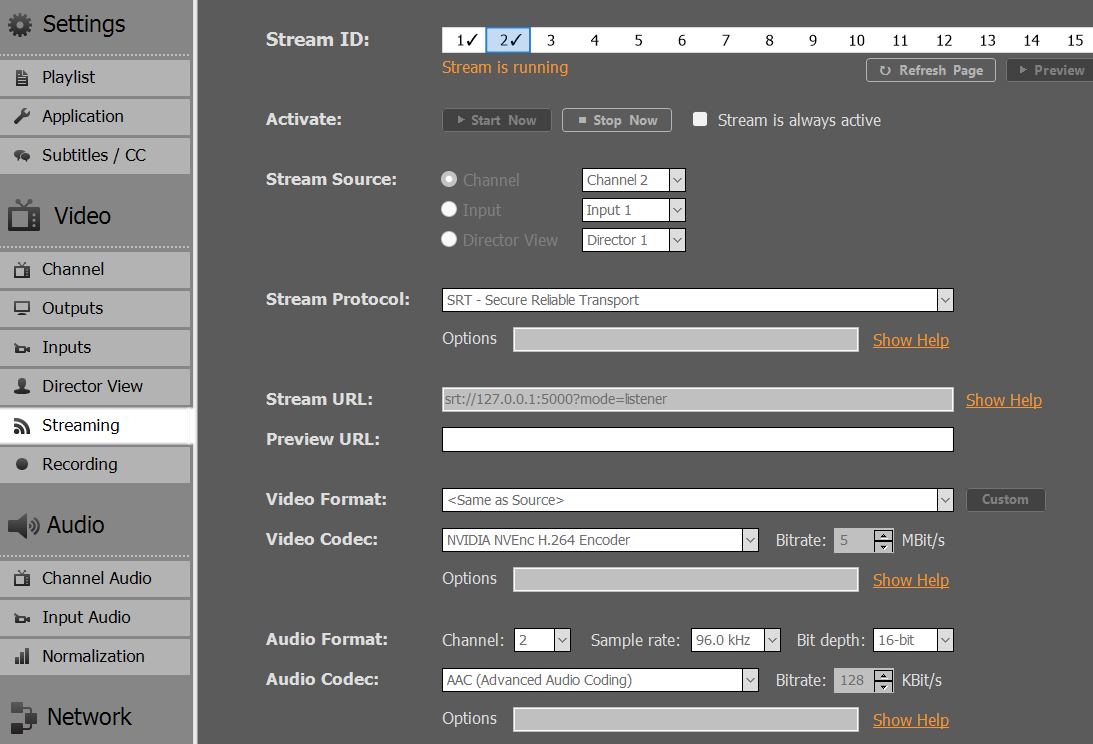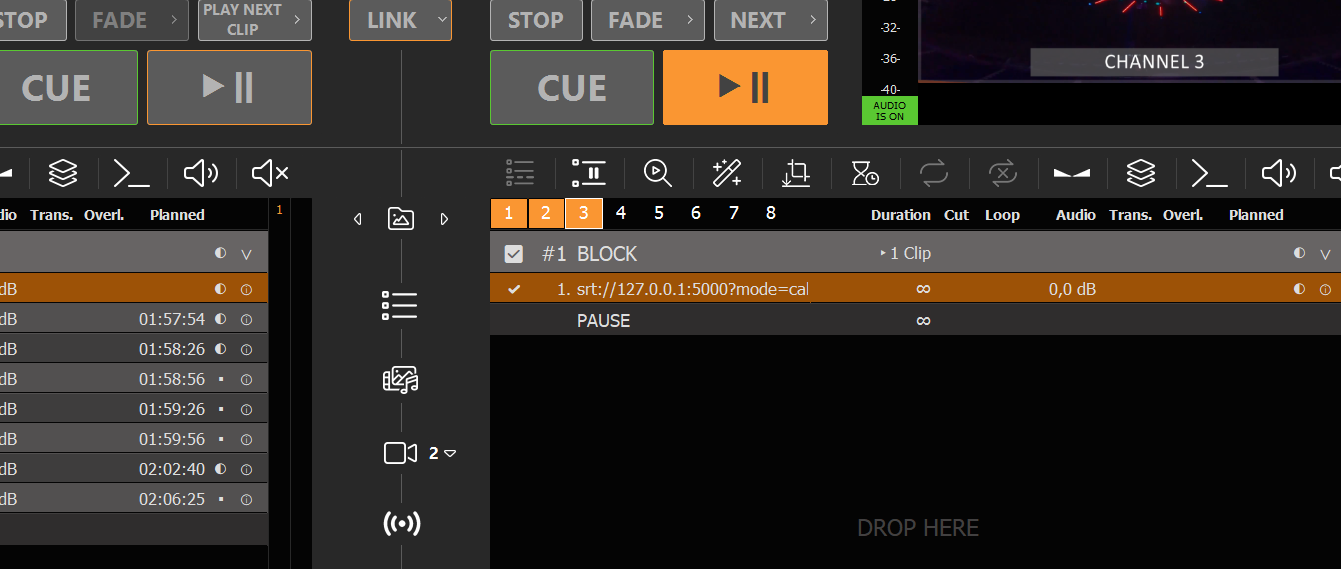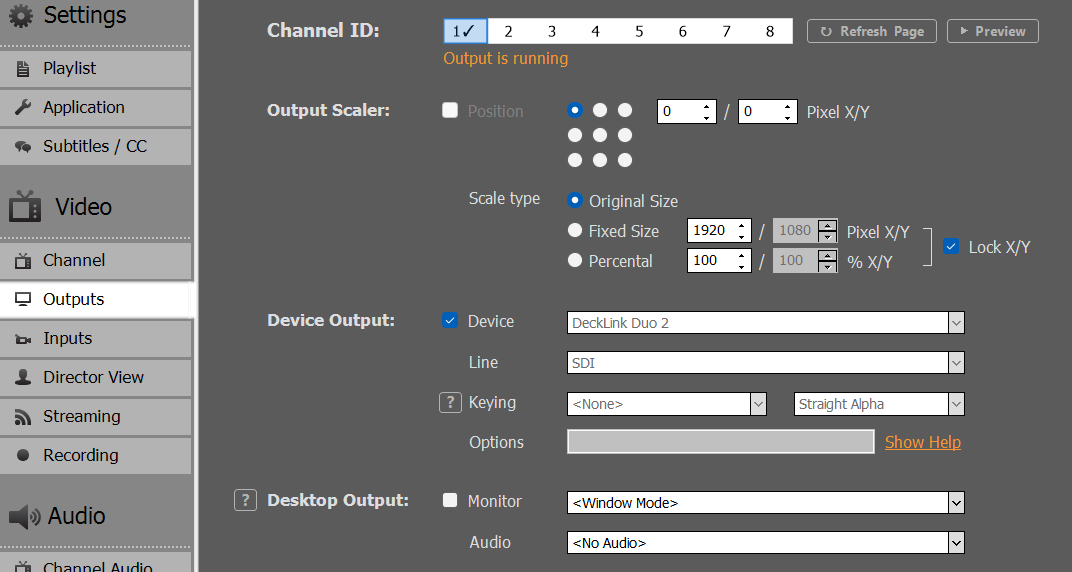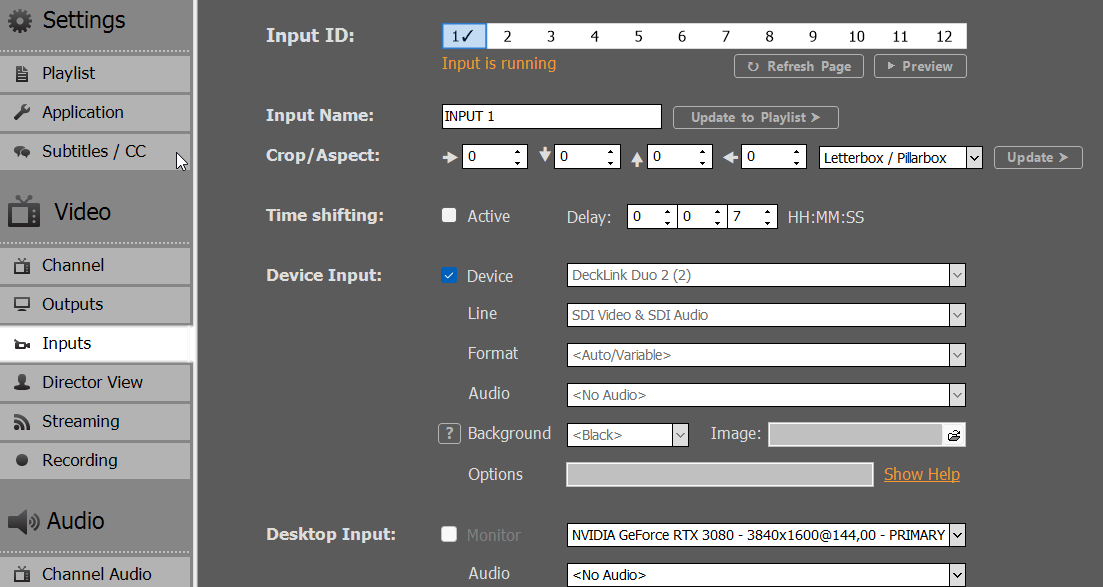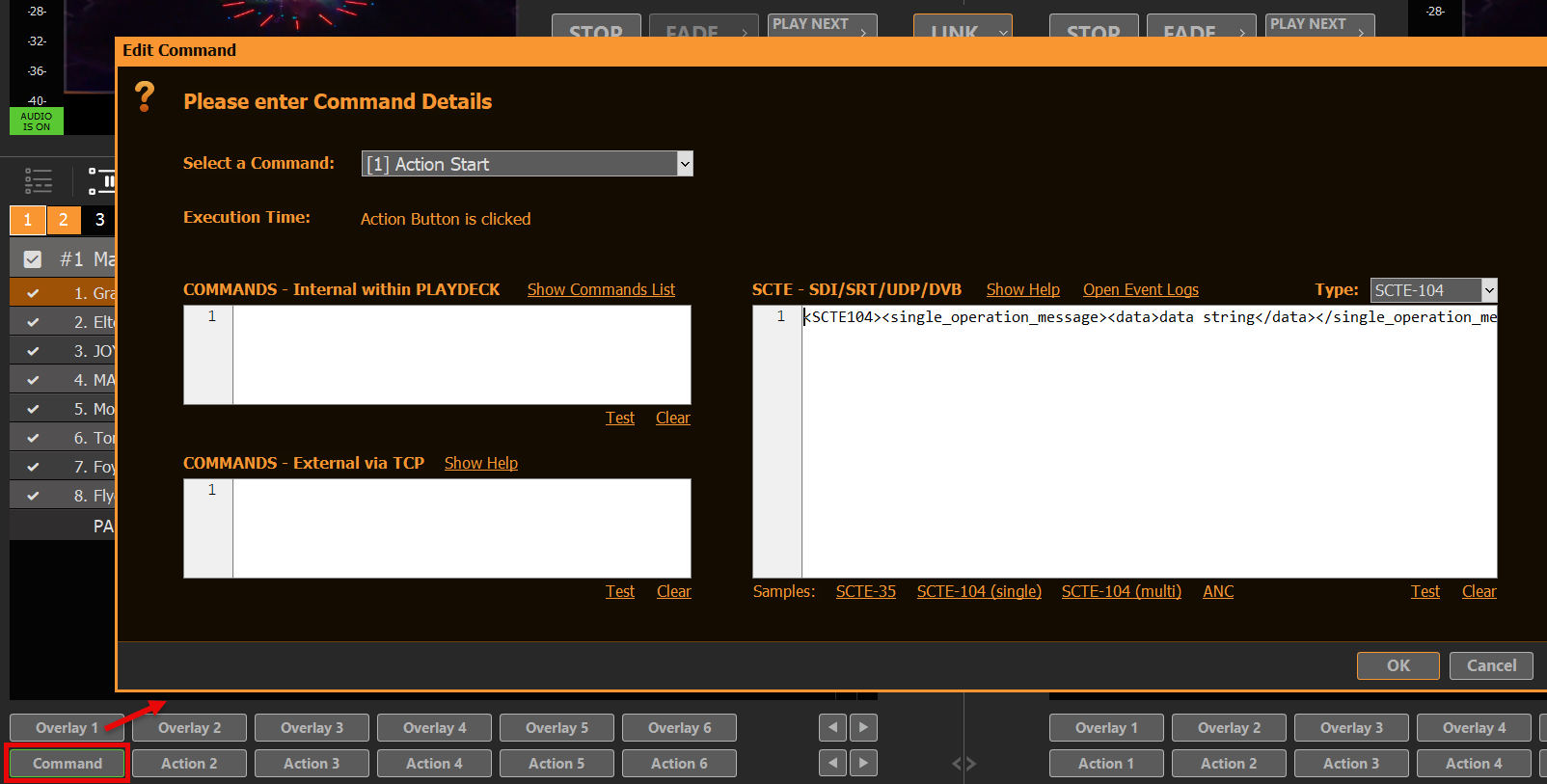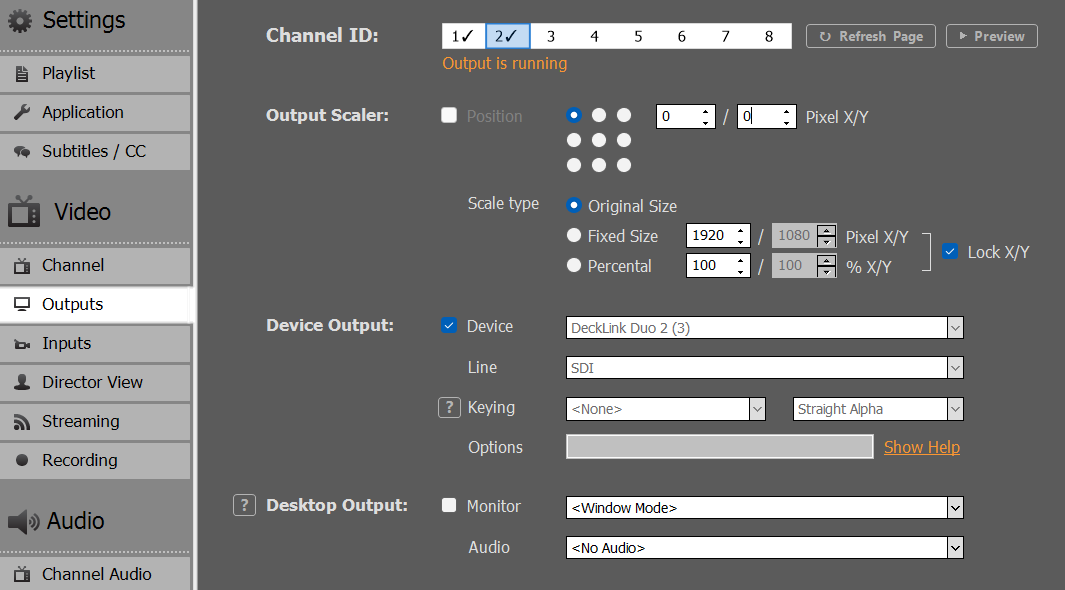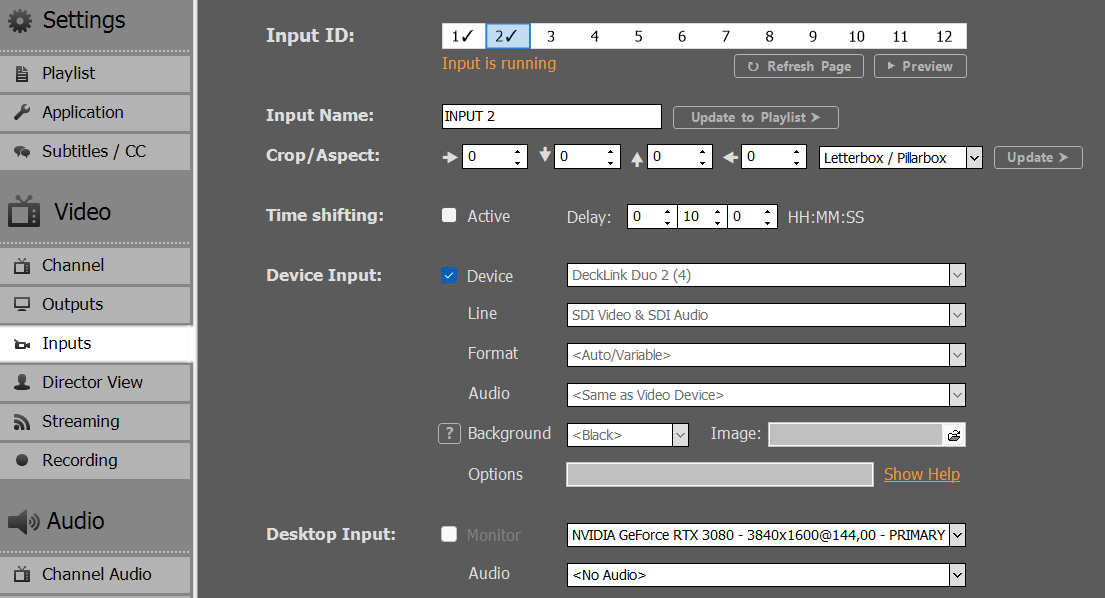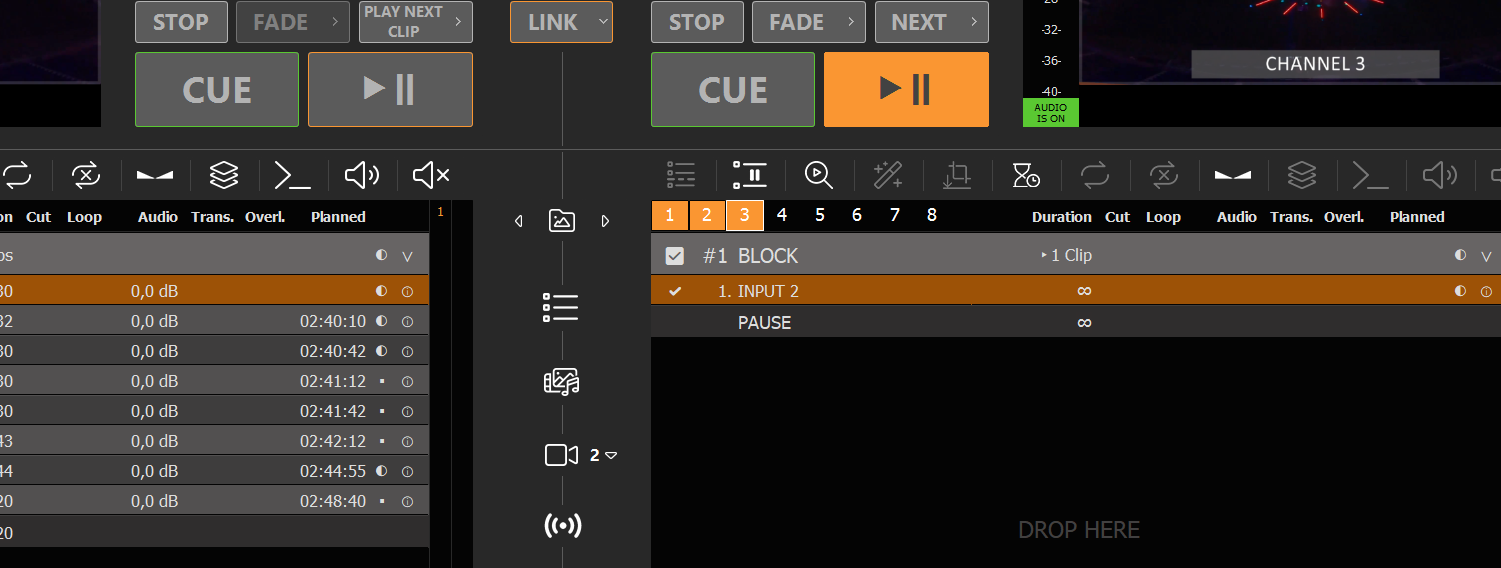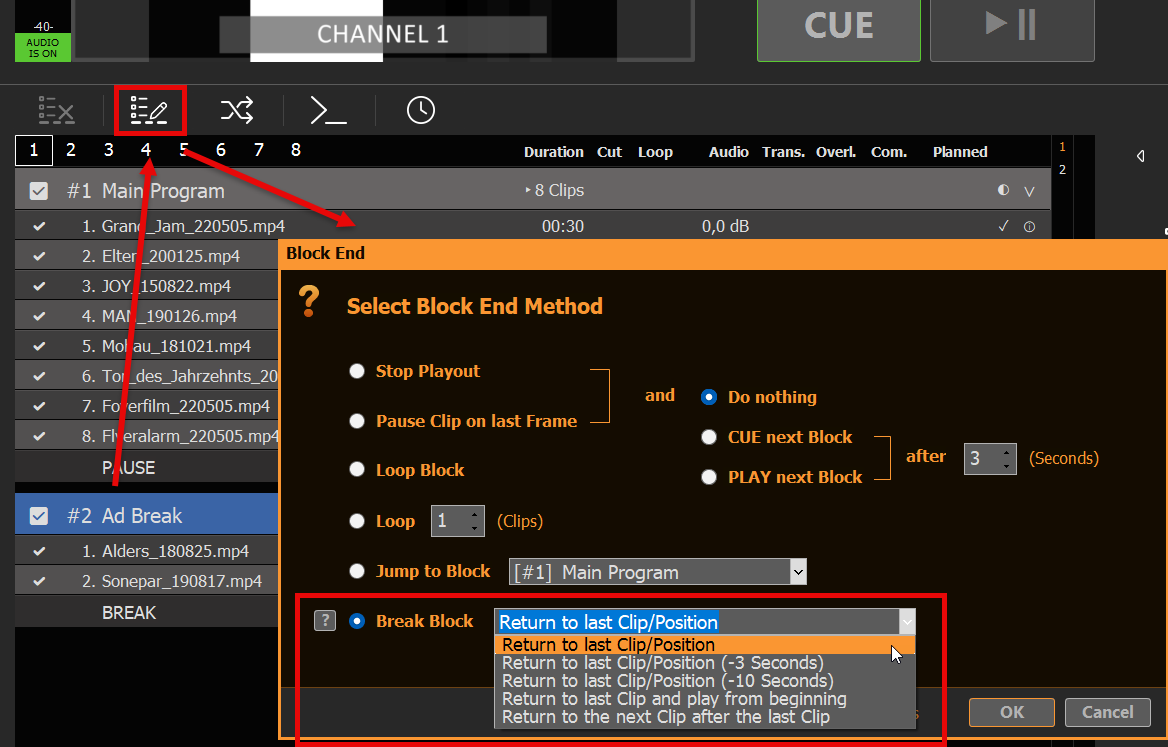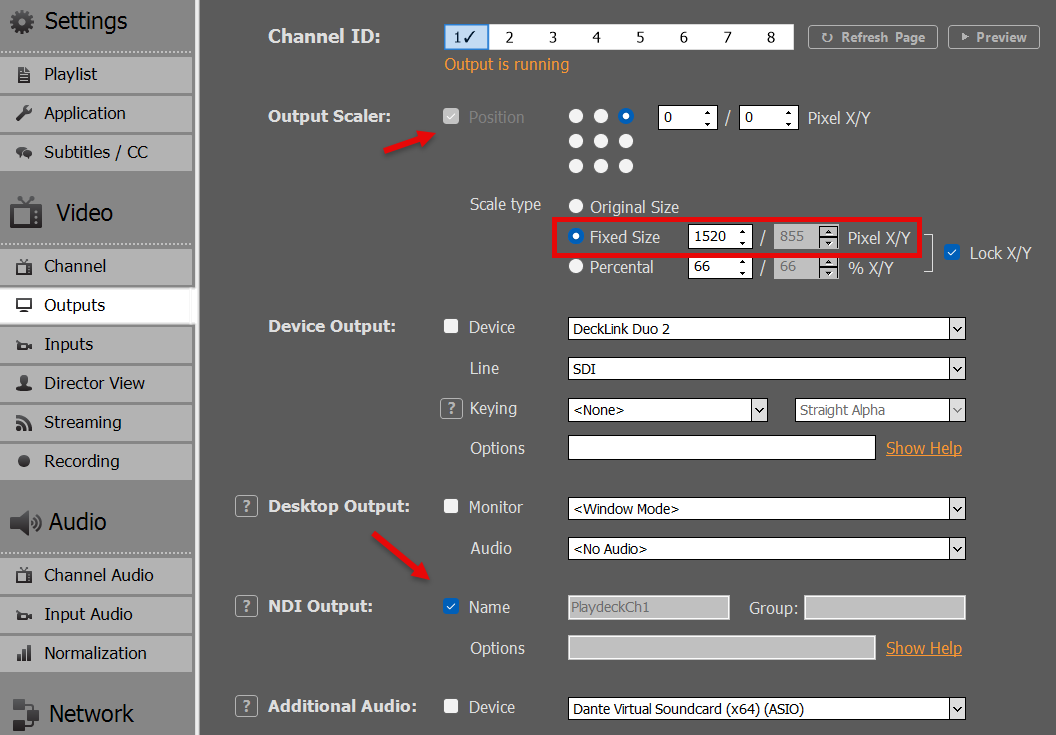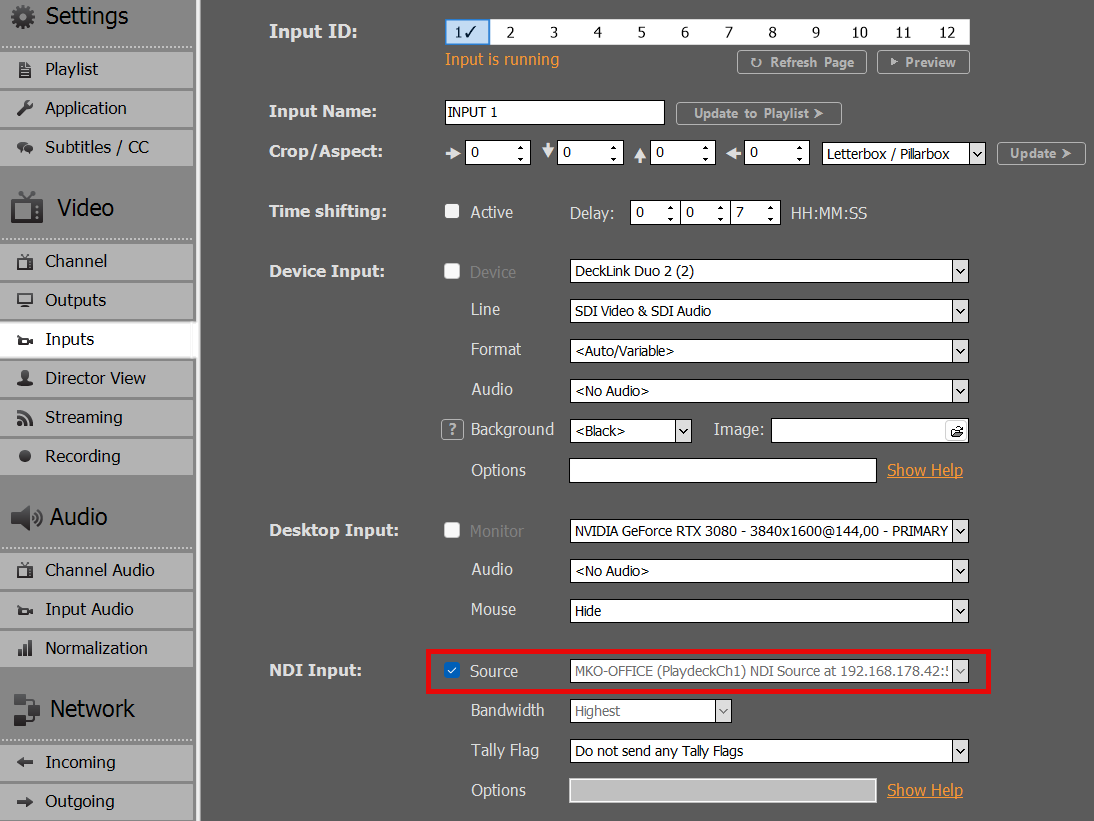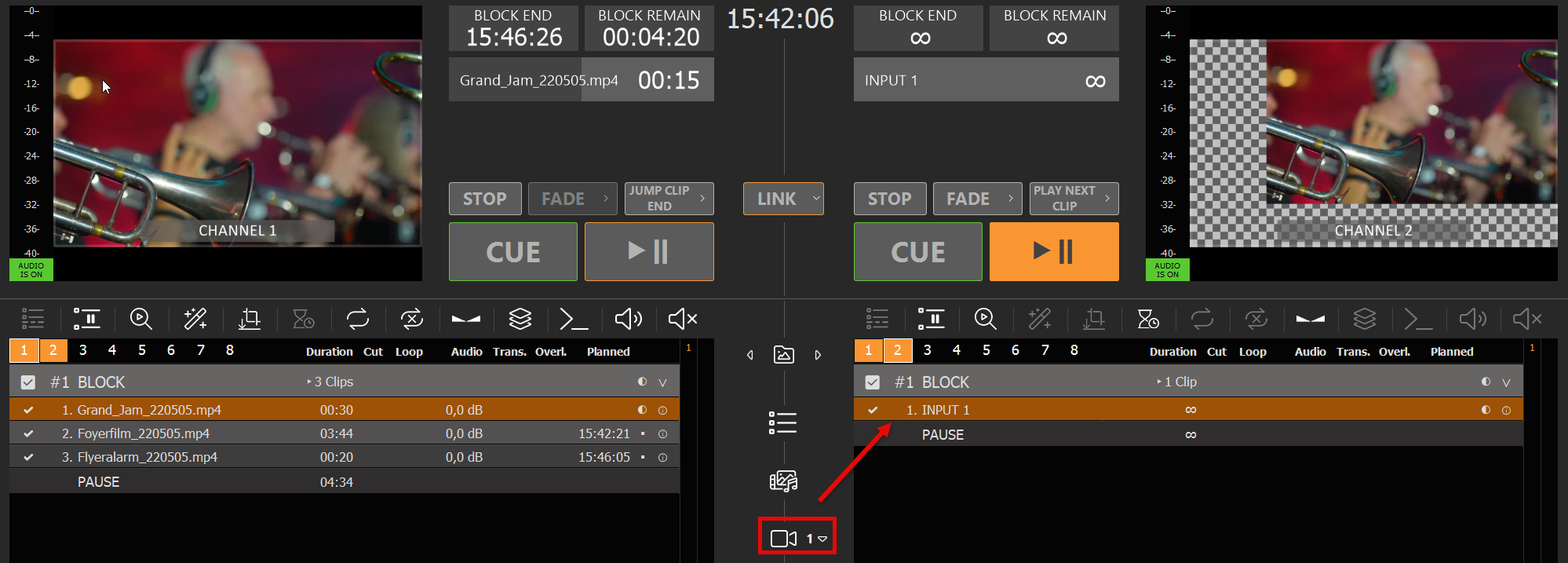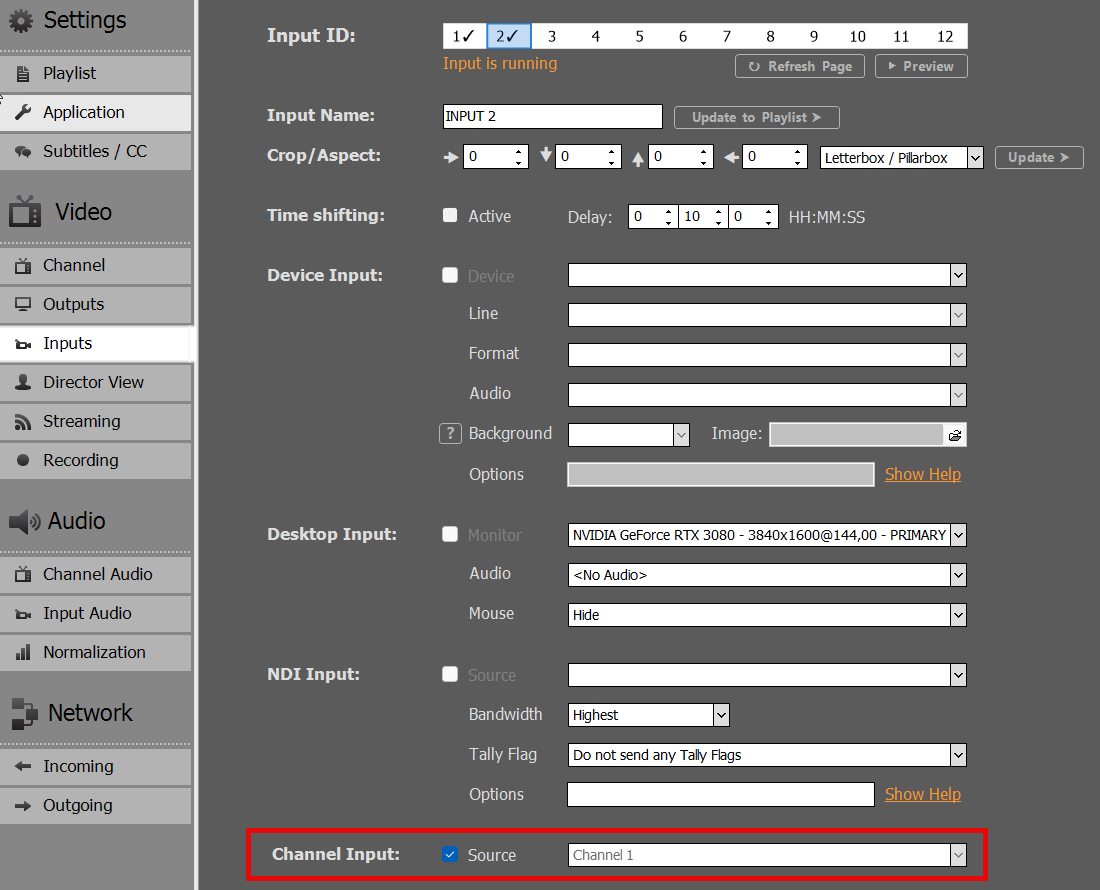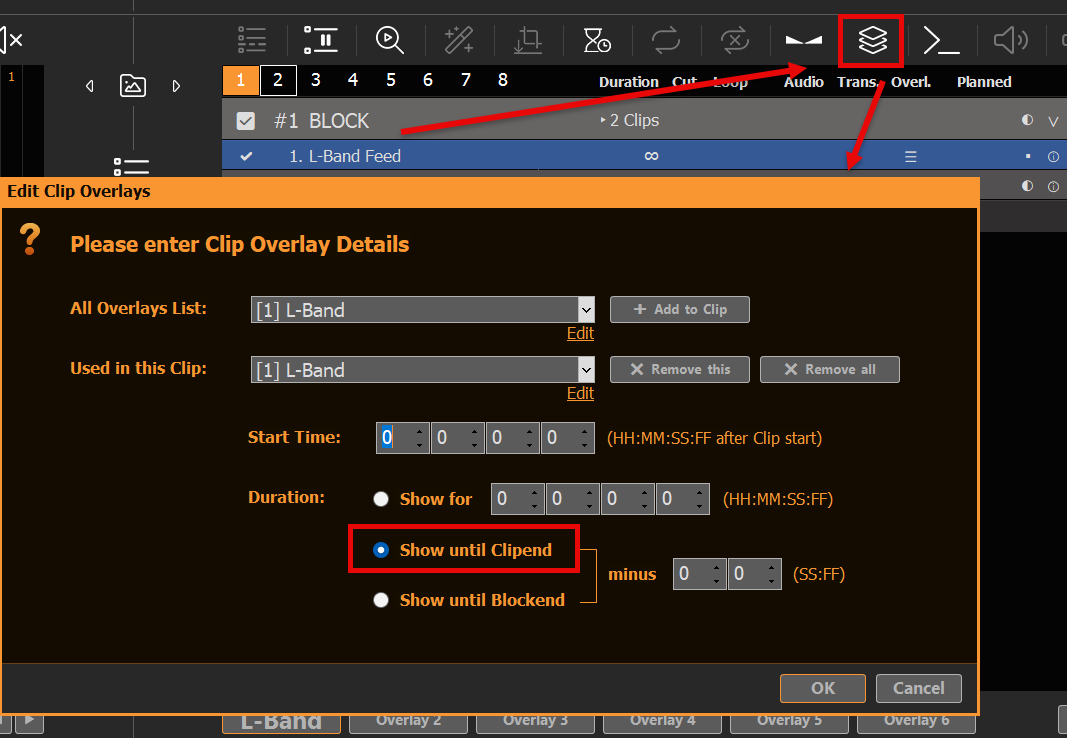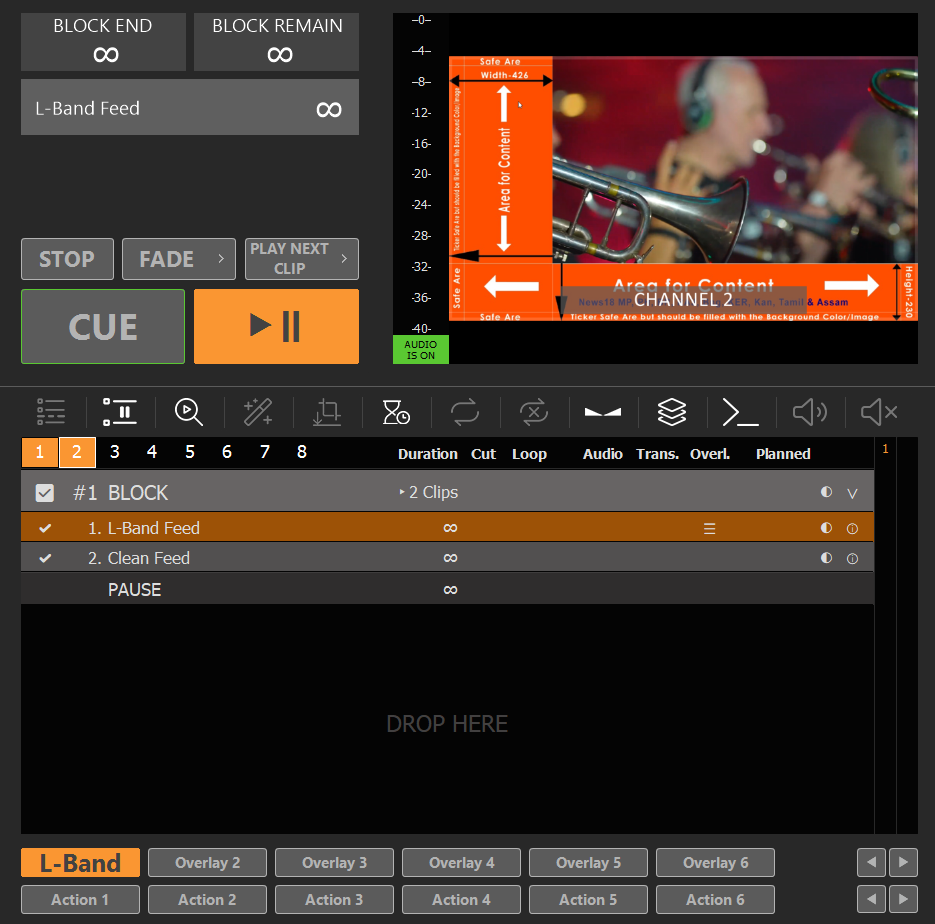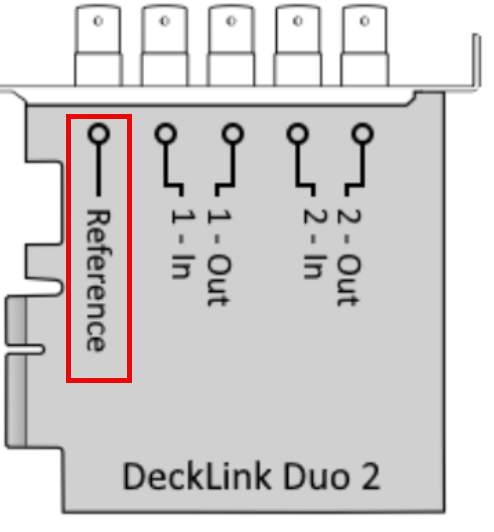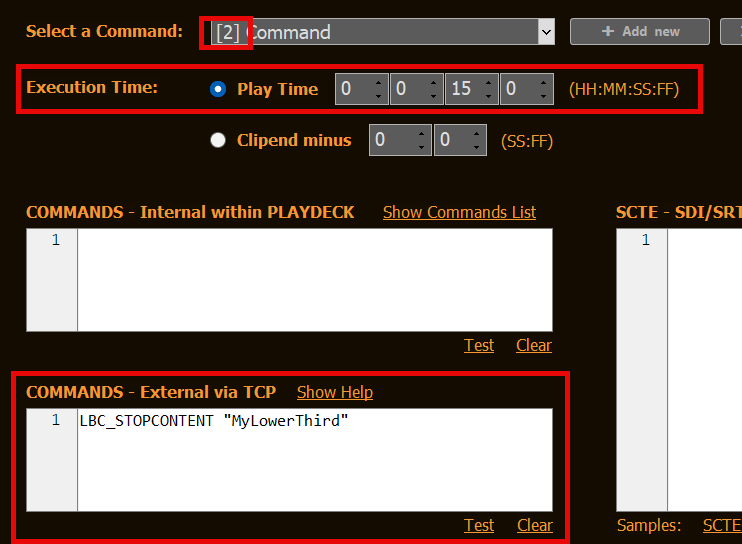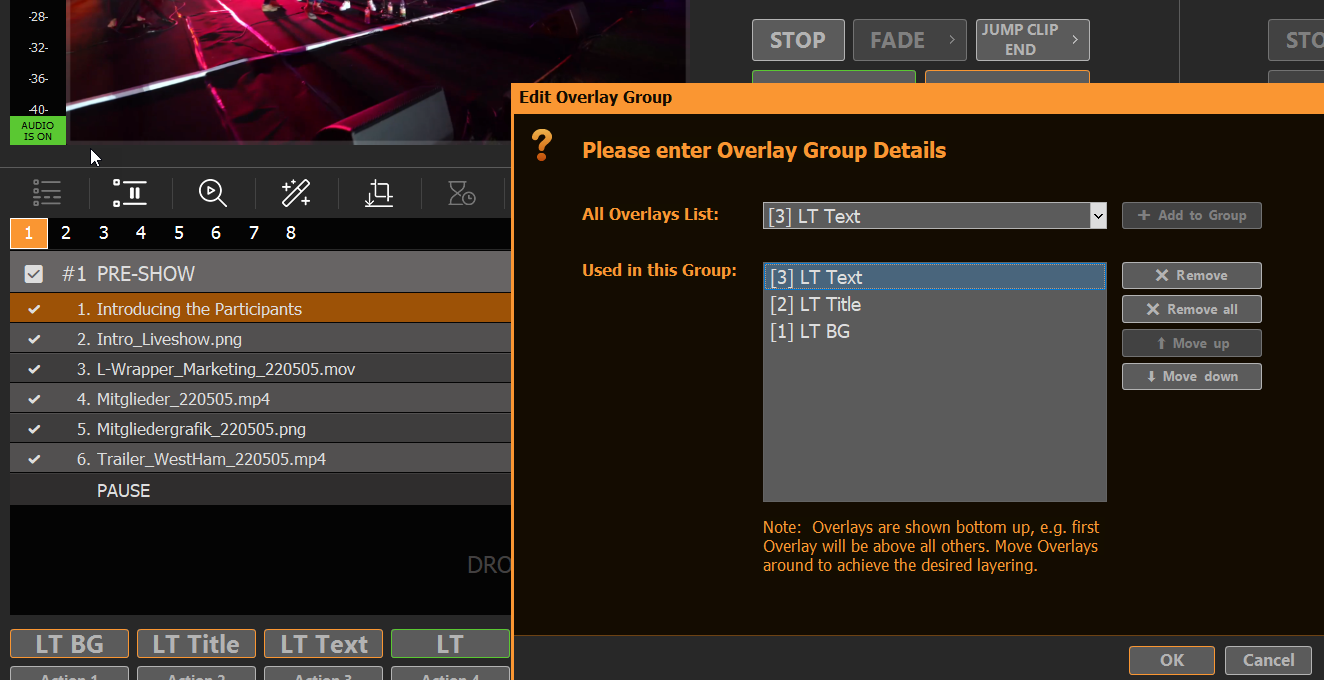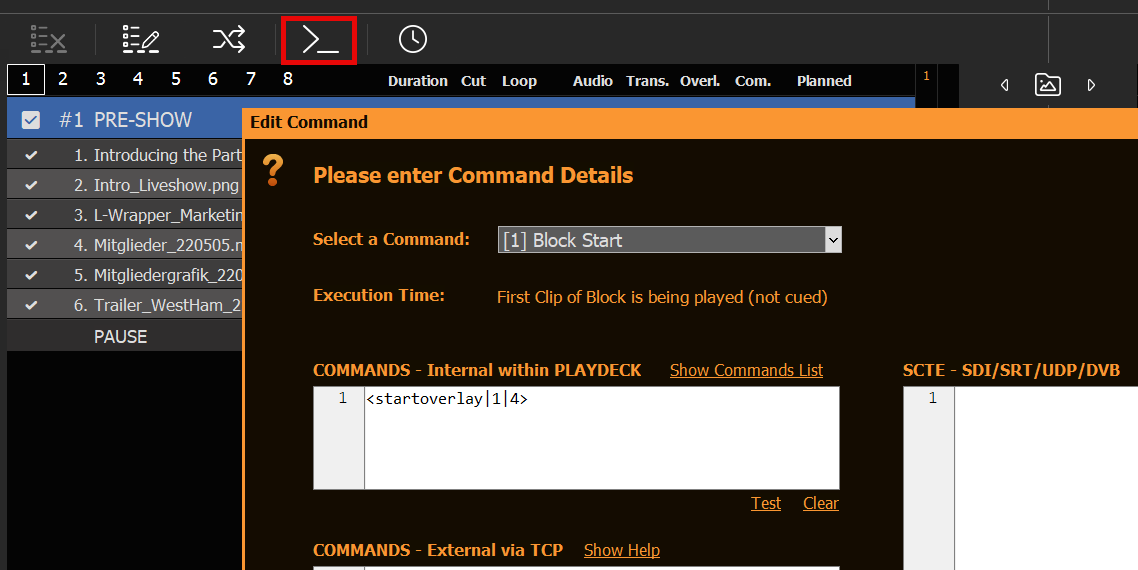Best Video Codecs for Playback
PLAYDECK can play almost any Codec out there. If the Codec is not supported by your GPU, it always falls back to CPU to make it work. There are very view exception: NotchLC for example cant be played with PLAYDECK.
We understand, that most of you have not much control over the Video Codec selection, as you receive your Video Files from Customer right before the show.
But if you have the Time to transcode the Video Files or even more are part of the production process, then you have more options than just H.264 MP4 Files.
We recommend going with AV1, if your NVIDIA supports it, except when you need Alpha-channel, than switch to HAP. In all other cases fall back to H.265/HEVC. ProRes has the best image quality, but is not really suited for real-time playback, as it is more of an editing and post-production codec.
There is also a Feature in PLAYDECK to quickly transcode your Video Files to a GPU-supported Codec. Please see this article.
H.265/HEVC
General-purpose codec. Use, if your NVIDIA GPU does not support AV1 and if you dont need Alpha-channel.
- Developer: JCT-VC
- GPU Decoding: Yes, but depends on NVIDIA GPU, see this List
- Quality: Good quality at all bitrates
- Alpha-channel: No
- Features: HDR, 10-bit color, 8K
AV1
Most efficient Codec. Use, if you your GPU supports it and you don’t need Alpha-channel. Near-lossless quality and significantly smaller file sizes than ProRes.
- Developer: Alliance for Open Media (Open Source)
- GPU Decoding: Yes, but depends on NVIDIA GPU, see this List
- Quality: Better quality than H.265/HEVC, esp. at lower bitrates
- Alpha-channel: No
- Features: HDR, 10-bit color, 8K
HAP
Very universal Codec. Use, if you need Alpha-channel, and preferred over ProRes because of lower CPU load.
- Developer: Vidvox
- GPU Decoding: No, but lower CPU load than ProRes
- Quality: Better quality than H.265/HEVC, but less than AV1
- Alpha-channel: Yes (with HAP Alpha and HAP Q)
- Features:
ProRes
Offers highest image quality with ProRes 4444. Preserves fine details and colors exceptionally well, at the cost of high CPU load. Use only, if you can afford the CPU load and need highest possible visual quality. This is an editing codec and no real-time codec.
- Developer: Apple
- GPU Decoding: No. High CPU load
- Quality: Better quality than all other, esp. at higher bitrates
- Alpha-channel: Yes (with ProRes 4444)
- Features: HDR, 10/12-bit color, 8K

